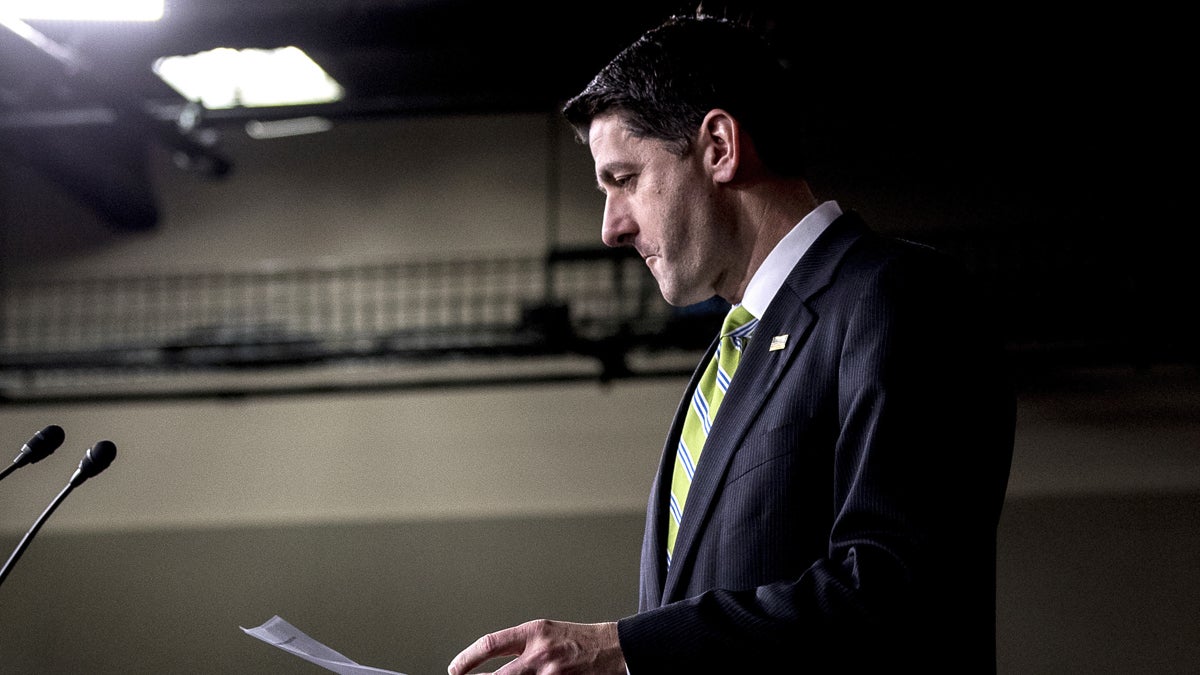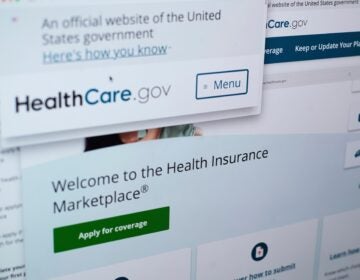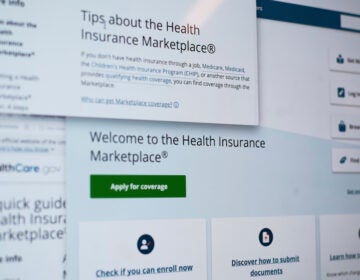Will we ever get health care reform right?

House Speaker Paul Ryan of Wis., arrives to speak to members of the media during a press conference on Capitol Hill in Washington, Friday, March 24, 2017. (AP Photo/Andrew Harnik)
The ill-conceived replacements for Obamacare would have left some 14 million Americans without health insurance and have an unhealthy impact on the growing number of seniors. Mercifully, the hastily concocted Republican plan seems for now to be on life support. But can it be resuscitated? Will we ever get health care reform right?
The diagnosis, according to one of Obamacare’s architects, Dr. Ezekiel Emanuel, is that the U.S. health system, is “a terribly complex, blatantly unjust, outrageously expensive, grossly inefficient and error-prone system.”
Leaving aside, for a moment, Dr. Emanuel’s Cassandra-like and unequivocal description, the fact remains that the U.S. spends $3.8 trillion a year on healthcare — or about 18 percent of gross domestic product. Compare this with the British, who spend 8 percent of their GDP on health care, or the Canadians, who spend 11 percent of theirs.
Not only that but 25 percent of hospital expenditures in the U.S. go to administrative costs, compared with 12 percent in Canada. Moreover, the U.S. is the only nation among its industrialized peers that doesn’t have a single-payer health care system. Under a single-payer system, the delivery of health care services remains largely in private hands, but rather than multiple insurance payers, there is a single nonprofit, public agency that organizes health care financing.
How did we get here? U.S. efforts to fund a universal health care insurance program began more than 100 years ago when, in 1912, the so-called progressivists voted for such an arrangement under Theodore Roosevelt’s presidential candidacy, which was defeated in that year’s election — a loss partly ascribed to the American Medical Association, which called the proposals “socialized medicine,” a term used wrongly today describe the health systems of Canada and the United Kingdom.
There were several later attempts, including Hillary Clinton’s health care reform task force effort in 1993, which was hooted down by lobbyists of the pharmaceutical and insurance industries. In today’s health care world, lobbying is even more fierce. The Center for Responsive Politics, for instance, reported that in 2016 the Blue Cross/Blue Shield Association alone spent $13 million lobbying Congress, and the insurance industry as a whole spent a total of $146 million.
To bring about serious repeal and replacement of our present bloated health care system will require a number of tough tactics, the first of which will be to address the huge costs of paperwork and administration that threaten the entire system. Then there are the billions of dollars spent touting sometimes useless pharmaceutical products on television — an exercise allowed only in the U.S. and New Zealand.
Consider also Americans’ love of specialists — take your kid with a runny nose to an otorhinolaryngologist instead of a good old general practitioner or family doctor. Specialists account for roughly 75 percent of the U.S. physician population, compared with about 30 percent of Canada’s.
Add to this the huge cost of malpractice litigation. Some high-risk specialists pay as much as $100,000 a year in malpractice premiums, which, along with defensive medicine — ordering multiple, often unnecessary tests and procedures to stave off lawsuits — contribute mightily to the multimillion-dollar cost of U.S. healthcare. Another way to get rid of the individual bloat, given that an estimated 60 percent of the U.S. population is overweight or obese, is to redirect the emphasis from cure to prevention.
Sounds easy, doesn’t it? A single-payer system is being called for not just by leftist politicians like Bernie Sanders but increasingly by conservatives such as Charles Krauthammer, who wrote a recent column titled “The road to single-payer healthcare” in which he also acknowledged something that has been difficult to seep into the collective consciousness — health care is a right.
In a Philadelphia Inquirer article titled “Single-payer essential to controlling healthcare costs,” I attempted to make that case, stating that “a single-payer system would make truly universal coverage affordable, costing no more than we already spend on healthcare” and without all the paraphernalia and rigmarole of premiums, deductibles, co-pays, referrals, and other bureaucratic impedimenta.
I pointed to my own experience of leaving Canada for the U.S. 27 years ago and being taken with American rugged individualism and a healthcare system focused on market forces and competition. I wrote articles for the Economist Intelligence Unit and various periodicals on the wonders of freewheeling, market-driven healthcare.
But I’ve gradually come to the conclusion that the American health care system — which still leaves 11 percent of the population uninsured, despite the Affordable Care Act — is unsustainable. Obamacare, for all the good it did, didn’t address the fundamental problem in U.S. health care: that it’s more about profit than patients.
So, call it socialized medicine, government intrusion, or whatever; but let’s join the rest of the sensible industrialized world in making health care a right for all citizens and not just an option for the few.
WHYY is your source for fact-based, in-depth journalism and information. As a nonprofit organization, we rely on financial support from readers like you. Please give today.





